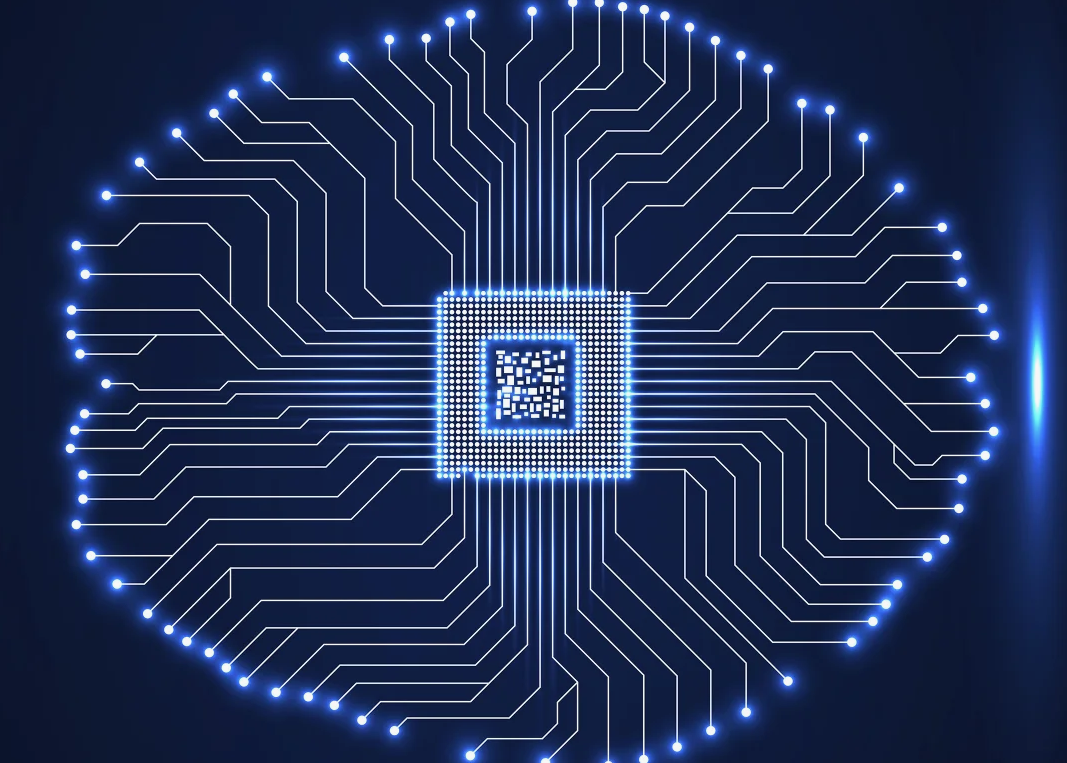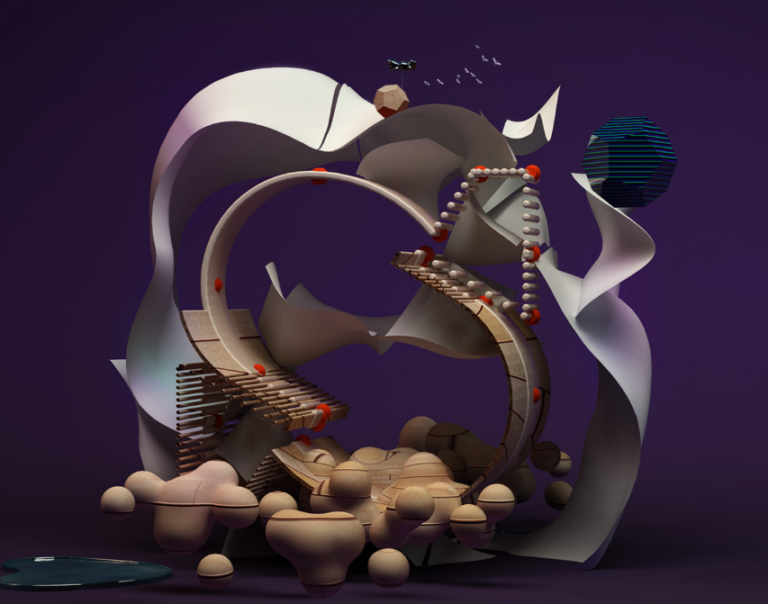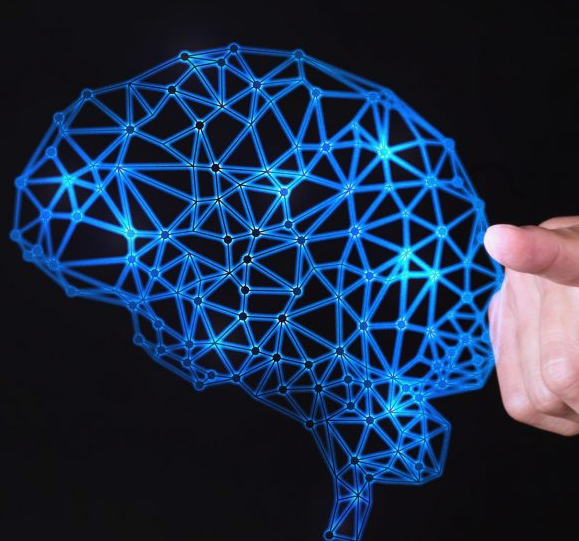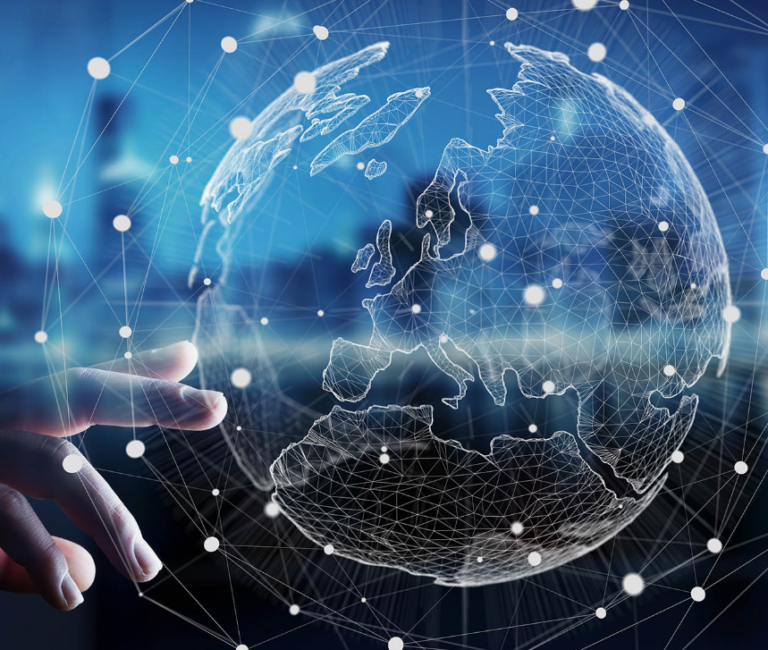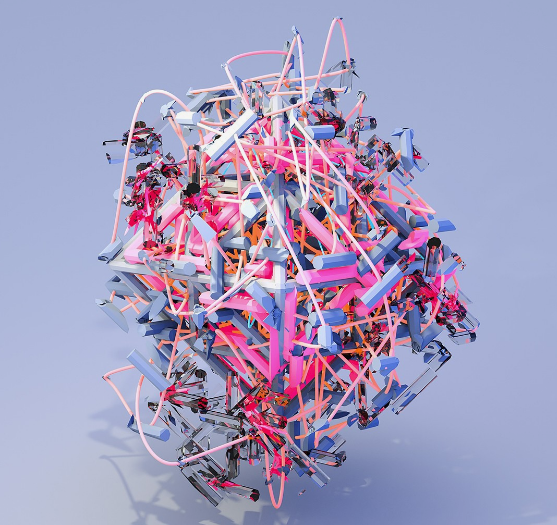AI For Generating 3D Models
AI can be used to generate 3D models with accuracy and speed. With AI technology, it is now possible to create 3D models in a matter of minutes, where it would have taken hours or even days in the past. AI algorithms can analyze data and identify patterns to generate 3D models that are precise and realistic. This technology is already being used in industries such as architecture, gaming, and product design, and is expected to become even more prevalent in the future.
Several companies specialize in AI-generated 3D models and offer a range of features and pricing plans to suit different needs.
AI For Generating 3D Models

What Is AI?- AI For Generating 3D Models
AI for Generating 3D Models is a revolutionary technology that utilizes artificial intelligence to create 3D models. AI, or artificial intelligence, refers to the simulation of human intelligence in machines programmed to think and learn. In the context of 3D modeling, AI can significantly enhance the speed and efficiency of generating intricate 3D models, revolutionizing various industries such as gaming, architecture, and animation.
AI For Generating 3d Models Free- AI For Generating 3D Models
AI 3D model generator free offers a plethora of advantages for creators seeking efficient and cost-effective solutions. The utilization of AI for generating 3D models free enables designers and artists to streamline their workflow while maintaining high-quality outputs. Additionally, it allows for the rapid creation of complex 3D models, reducing the time and effort required in traditional manual modeling processes.
Overview of 3d Models- AI For Generating 3D Models
Introduction paragraph about AI for Generating 3D Models and Overview of 3D Models…
Best AI for Generating 3d Models
When it comes to creating 3D models using AI, several tools stand out as the best options in the market. These AI-powered platforms utilize advanced algorithms and machine learning techniques to generate high-quality 3D models efficiently. Let’s explore some of the top AI tools for generating 3D models:
Challenges In 3d Model Generation
Generating 3D models using AI can be challenging due to the complexity of real-world objects and environments. Issues such as accuracy, data quality, and the need for human intervention in the process can hinder the effectiveness of AI-generated models. However, advancements in technology are making it easier to overcome these challenges and create more realistic 3D models using AI.
Complexity of Shapes
Generating accurate and realistic 3D models can be challenging due to the complexity of the shapes involved. Objects in the real world can have intricate and irregular geometries, making it difficult for AI algorithms to capture all the details. Accurately representing the geometry of these objects is crucial for creating high-quality 3D models.
Lack of Sufficient Training Data
Another challenge in 3D model generation is the availability of sufficient training data. AI algorithms require large amounts of diverse and high-quality data to learn and generate accurate models. However, obtaining such data can be difficult, especially for niche or specialized objects. Limited training data can result in models that lack realism or fail to capture important details.
Texturing and Material Representation
Creating realistic textures and materials is another challenge in 3D model generation. Capturing the fine details of texture and material properties is crucial for achieving a realistic appearance. AI algorithms need to understand the nuances of different materials and textures to generate visually appealing models.
Computational Requirements
Generating 3D models using AI algorithms can be computationally intensive. Complex algorithms and large datasets require significant computational resources, which may not be readily available to everyone. This can limit the accessibility of AI-based 3D model generation for individuals or organizations with limited computational capabilities.
Optimizing Model Generation
Optimizing the efficiency and speed of 3D model generation is an ongoing challenge. AI algorithms need to strike a balance between accuracy and computational resources. Improving the efficiency of model generation can make the process faster and more accessible to a wider range of users.
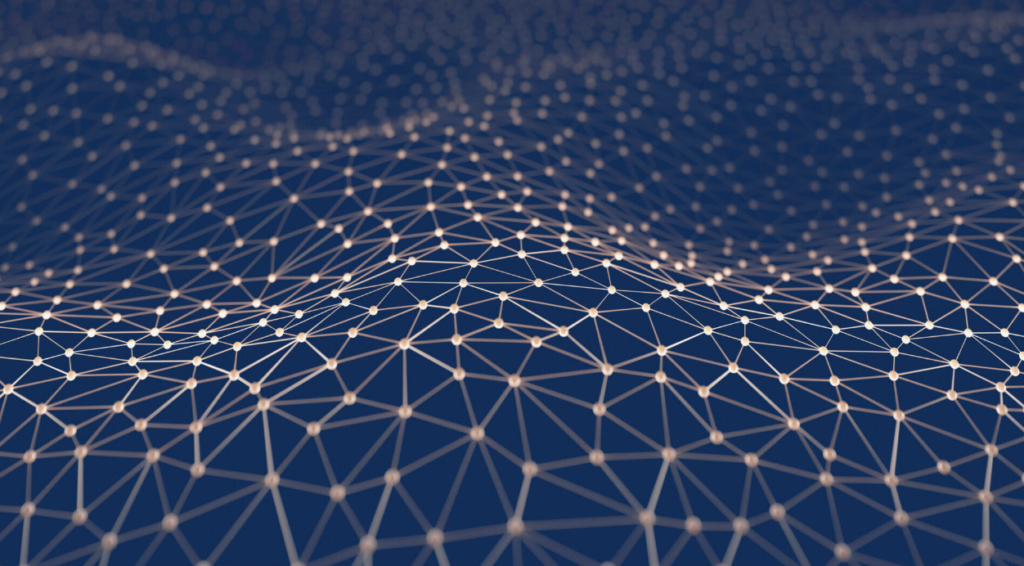
AI Techniques For 3d Model Generation
Artificial intelligence (AI) has revolutionized the field of 3D model generation, offering innovative techniques for creating complex and realistic models. This blog post explores the use of AI for generating 3D models, focusing on AI techniques such as Generative Adversarial Networks (GANs), Variational Autoencoders (VAEs), and Reinforcement Learning.
Generative Adversarial Networks (gans)
Generative Adversarial Networks (GANs) are a class of AI algorithms used in unsupervised machine learning, consisting of two neural networks: the generator and the discriminator. The generator creates new instances of data, while the discriminator evaluates their authenticity. GANs have been successfully applied to 3D model generation, enabling the creation of realistic and diverse models with complex details.
Variational Autoencoders (vases)
Variational Autoencoders (VAEs) are a type of neural network architecture that aims to learn the underlying structure of input data. In the context of 3D model generation, VAEs can capture the latent space of 3D shapes, allowing for the generation of novel and diverse models with controlled features. VAEs are particularly effective in producing smooth and continuous variations of 3D shapes.
Reinforcement Learning
Reinforcement Learning is a machine learning paradigm where an agent learns to make decisions by interacting with an environment to achieve a specific goal. In the context of 3D model generation, reinforcement learning techniques have been utilized to optimize the generation process, leading to the creation of high-quality and customizable 3D models with fine-grained details. Reinforcement learning offers a flexible framework for training AI agents to generate 3D models with desired characteristics.
Applications of AI-generated 3d Models
AI-generated 3D models have various applications, from gaming and entertainment to architecture and medical simulations. These models can be utilized for virtual reality experiences, product prototyping, and even in the development of autonomous vehicles. AI technology is revolutionizing the creation of 3D models, offering efficiency and accuracy in diverse industries.
${example}
AI technology has revolutionized the creation of 3D models by automating the generation process. This innovation has found applications in various industries, from gaming to architecture and product design. Let’s explore some key examples of how AI-generated 3D models are transforming different sectors:
Ethical Considerations
When using AI to generate 3D models, ethical considerations are crucial. Ensuring the responsible use of data, avoiding biases in model creation, and protecting intellectual property rights are essential. Transparency in AI processes and engaging diverse perspectives in model development are also important for ethical AI practices.
Guidelines For Writing
Avoid starting any sentence with words and phrases such as “when it comes to,” “if you,” looking,
Importance of Ethical Considerations
When developing AI for generating 3D models, it is crucial to consider the ethical implications. Here are some key points to keep in mind:
- Fairness: Ensure the AI algorithm treats all users and data sources fairly, without any biases.
- Transparency: Provide clear information about how the AI generates the 3D models and the data sources it uses.
- Privacy: Protect user data and ensure it is used only for generating the 3D models, with proper consent.
- Accountability: Establish mechanisms to address any issues or biases that may arise from the AI-generated models.
Impact on Employment and Creative Industries
The rise of AI-generated 3D models has the potential to impact employment and creative industries. Here are some considerations:
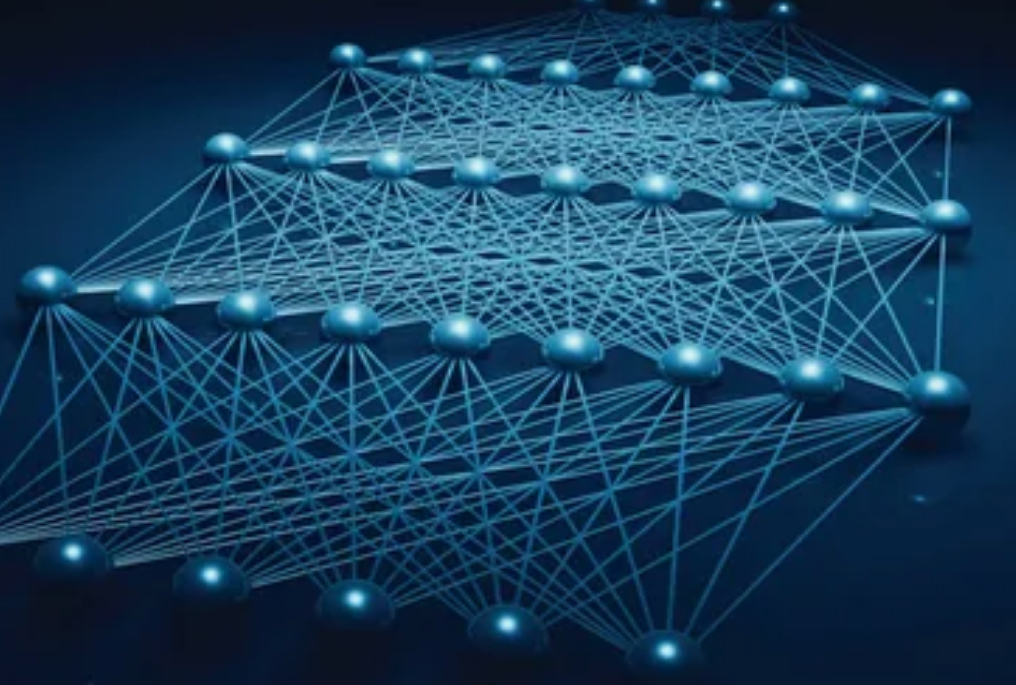
- Job Displacement: AI-generated models may replace certain manual tasks, affecting traditional job roles.
- New Opportunities: AI can also create new opportunities in the 3D modeling and design industry, requiring different skill sets.
- Intellectual Property: The use of AI-generated models raises questions about ownership and copyright of the final designs.
Ensuring Ethical AI Development
To ensure ethical AI development in the context of 3D model generation, consider the following:
- Data Diversity: Use diverse datasets to train the AI model, avoiding biases and ensuring inclusivity.
- Human Oversight: Have human experts review and validate the AI-generated models to maintain quality and ethical standards.
- Continuous Monitoring: Regularly monitor the AI system to detect and address any ethical issues that may arise.
Conclusion
Unlock the potential of AI for effortless 3D model creation. Seamlessly generate, refine, and export models with innovative AI technology. Elevate your projects with AI-driven 3D modeling for enhanced efficiency and creativity. Dive into the future of design with AI-powered tools at your fingertips. Explore endless possibilities with AI in 3D modeling.

